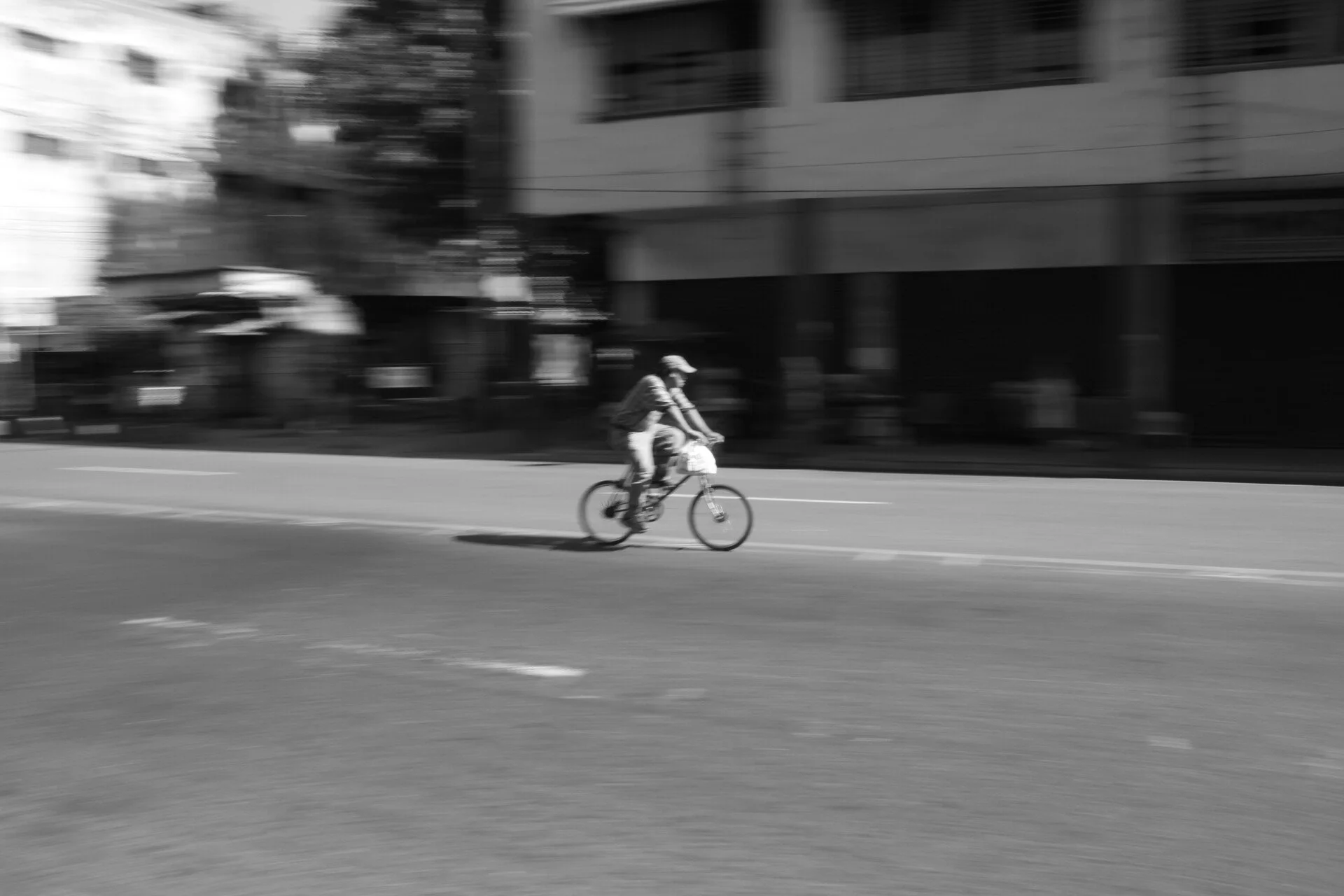As photographers, we are in the unique position of being both observers and creators of moments. From the tender embrace of a loved one to the vibrant hues of a sunset, our lenses capture fragments of time, preserving them for eternity. Yet, amidst the whirlwind of life, it's easy to overlook the profound lesson that photography teaches us: the art of living in the present.
From the very first moment I picked up a camera, I found myself drawn into a world where time seemed to stand still. Whether I was using a digital or film camera, each click of the shutter served as a gentle reminder to be fully present in the moment. In a world constantly bustling with distractions, photography encouraged me to slow down, to breathe, and to truly see the beauty that surrounded me.
One technique that particularly emphasizes this notion is long exposure photography. By extending the duration of a single exposure, we capture the passage of time in a tangible form. Watching as the world blurs into streaks of light or water transforms into a silky veil, we are reminded of the transient nature of existence. Just as each second leaves its mark on the photograph, so too does it leave its imprint on our lives.
But beyond the technical aspects of photography lies a deeper truth: the importance of cherishing fleeting moments. Just as we carefully compose a shot to capture a particular scene, we must approach life with the same intentionality. Every smile shared, every sunset witnessed, every quiet moment of solitude is a precious gift that deserves our full attention.
In a world constantly racing towards the next big thing, photography teaches us to slow down and savor the present. It encourages us to immerse ourselves fully in the richness of each moment, to find beauty in the ordinary, and to cherish the memories we create along the way. So the next time you pick up your camera, remember that you're not just capturing images – you're capturing moments, and in doing so, you're embracing the art of living in the present.
Colon Steet, Cebu Philippines


